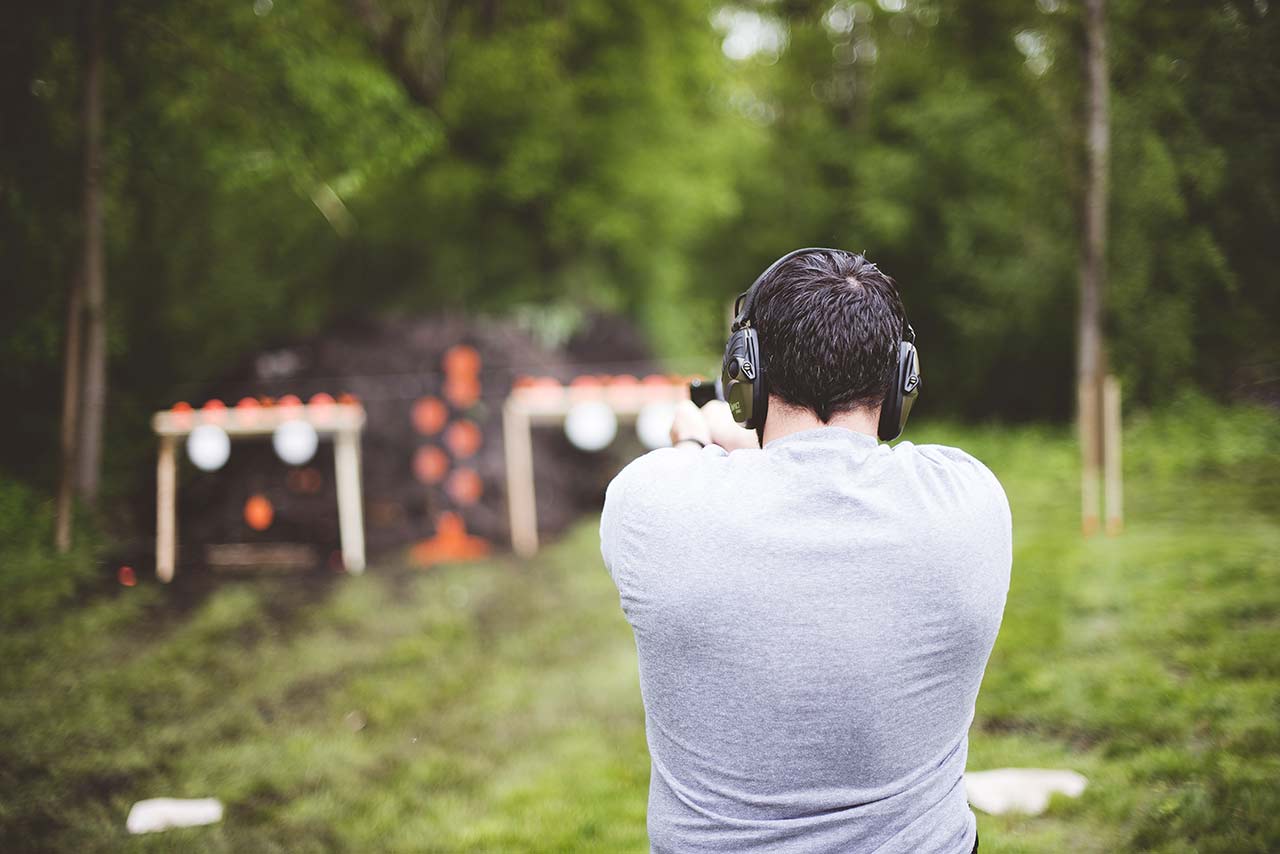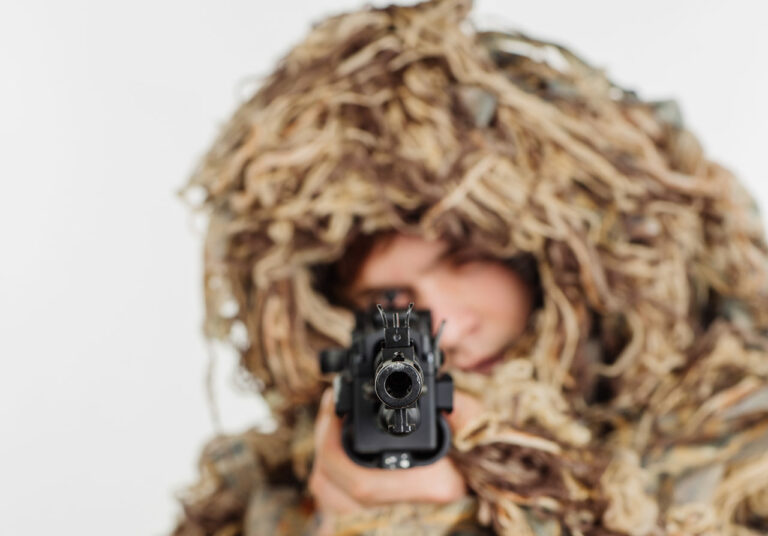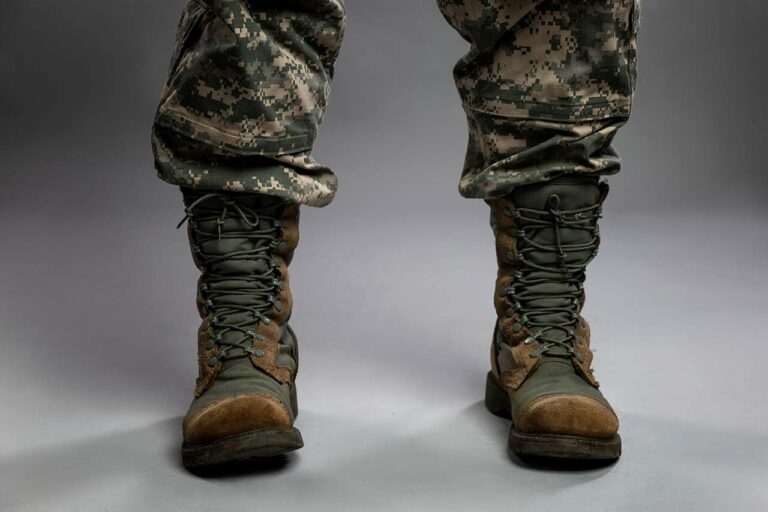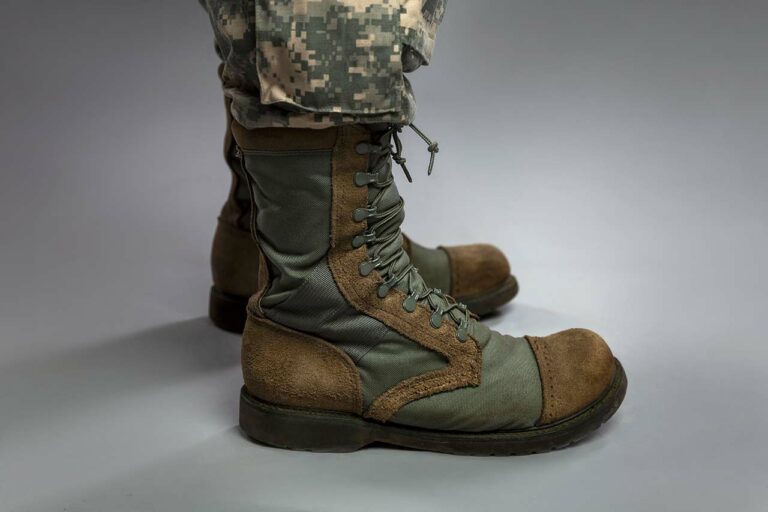Ear Plugs vs Ear Muffs For Shooting: Which Is Better?
When it comes to hunting and shooting practice, protecting your hearing is crucial. The debate between using earplugs or earmuffs for hearing protection is ongoing, with both options having their own unique sets of features and advantages.
As a hunter, when it comes to hearing protection, you must consider the compatibility of that protection with other essential gear and factors, such as hats, eye protection, and maintaining a good cheek weld.
Let’s delve into the characteristics of earplugs and earmuffs, so you can make the right choice for your hearing protection and enjoy a safer and quieter shooting experience.
Ear Plugs vs Ear Muffs Overview
Since both earplugs and earmuffs have their pros and cons, choosing between them really comes down to your personal preferences, comfort level, and the specific shooting situations you’re in.
Ear Plugs
Ear plugs are small, usually disposable devices that fit directly into your ear canal. They offer a snug fit, which helps block out a significant amount of noise. Some benefits of using ear plugs for shooting include:
- Lightweight and easy to carry
- Less bulky compared to ear muffs
- Allow for better cheek-weld when aiming your firearm
While that probably all sounds great, ear plugs can also have some downsides. These include:
- May not provide enough noise reduction for high-caliber firearms
- Can be uncomfortable for extended wear
- Potential risk of losing them between uses or during activities
Ear Muffs
Ear muffs are headgear that fits over your ears, creating a seal around them to block out noise. They come in a variety of styles, and some even have electronic components that amplify quieter sounds while still protecting your ears from loud gunfire. Advantages of ear muffs include:
- Typically offer higher noise reduction ratings than ear plugs
- More comfortable for extended periods of use
- Adjustable to fit different head sizes
But, like earplugs, ear muffs also have their drawbacks:
- Bulky and not as easily portable as ear plugs
- May interfere with proper firearm cheek-weld
- Potential for interference with glasses or other headgear
Ear Plugs for Shooting
Fit and Comfort
When it comes to ear plugs, comfort and fit are essential. You want to choose plugs that fit snugly in your ear canal without causing discomfort. Foam earplugs are the go-to option for many shooters due to their soft material and ease of use. They conform well to any ear canal, providing a comfortable fit.
One downside of earplugs is that some shooters may experience irritation or discomfort from certain materials or designs, especially if they have sensitive skin or are prone to ear infections.
Types of Ear Plugs
- Disposable Foam Earplugs: These are one-time use earplugs made from soft, compressible foam that expands to fit any ear canal size. They’re inexpensive and convenient but may not offer the highest level of noise reduction.
- Reusable Silicone Earplugs: These are multi-use earplugs made from a silicone material that can be molded to fit your ear canal. They offer better noise reduction than disposable foam and may be more comfortable for some users.
- Moldable Earplugs: These are non-toxic, moldable silicone or wax earplugs that can be customized to your ear canal shape. They provide a more personalized fit and better noise reduction, but can be a bit expensive and require proper care.
Remember to consider factors such as noise reduction rating (NRR), durability, and ease of cleaning when choosing the type that’s right for you.
Proper Use and Hygiene
Maintaining proper hygiene and correct usage of your ear plugs are essential in preventing irritation and ear infections. Here are some tips:
- Wash your hands before handling ear plugs to reduce the chance of introducing bacteria into your ear canal. This can, of course, be a bit tricky if you’re out in the field.
- If using disposable foam earplugs, replace them regularly and do not reuse them after a day of shooting.
- For reusable and moldable earplugs, clean them as per the manufacturer’s instructions and store them in a case when not in use.
- Avoid sharing your earplugs with others, as this can spread bacteria.
Ear Muffs for Shooting
Fit and Seal
When choosing ear muffs for shooting, it’s important to consider the fit and seal. A proper fit ensures that ear muffs rest comfortably on your head and provide a good seal around your ears. This seal is crucial in blocking out the sounds of gunshots. Make sure the headband is adjustable, allowing you to find the right level of clamping force to keep the muffs securely in place without causing discomfort.
Types of Ear Muffs
There are two main types of ear muffs for shooting: conventional earmuffs and shooting earmuffs. Conventional earmuffs are designed to reduce general noise levels, while shooting earmuffs are specifically designed for the unique noise levels and frequencies produced by firearms.
- Conventional earmuffs: These are a more general-purpose option and can be found in non-shooting environments as well. They typically offer a lower noise reduction rating (NRR) compared to shooting earmuffs and may not provide adequate hearing protection during shooting activities.
- Shooting earmuffs: These are designed specifically for shooters and hunters, offering a higher NRR to protect your hearing from the high decibel levels produced by firearms. Some models also feature electronic components that amplify low volume noises (like conversation) while still blocking out loud noises like gunshots.
Positioning and Comfort
Proper positioning and comfort are essential when wearing ear muffs for shooting. Make sure your ears are fully enclosed within the padding, and there are no gaps between the muffs and your head that could let in sound. Adjust the headband in such a way that it maintains a snug fit without causing discomfort from excessive clamping force.
Keep in mind that wearing glasses or a hat can impact the seal, so you may need to look for models with cutouts or an adjustable headband to accommodate your headgear. Don’t forget to also consider the weight of the ear muffs – heavier models may tire you out over time, while lighter ones will offer more comfort for extended use.
Frequently Asked Questions
What are the pros and cons of using ear plugs versus ear muffs for shooting?
Ear plugs are a traditional choice for hearing protection while shooting. They are small, lightweight, and easily portable. They’re also generally less expensive than ear muffs. But they may not provide as much noise reduction as ear muffs, and can be uncomfortable when worn for a long time.
Ear muffs cover your entire ears and provide better noise isolation. They are more comfortable to wear for many people, especially for extended periods. Downsides include being bulkier and potentially interfering with your shooting glasses or hat. They can also be warmer, which may be uncomfortable on hot days.
Which offers better noise reduction: ear plugs or ear muffs?
In general, ear muffs tend to offer better noise reduction due to their larger surface area covering the ears. However, some high-quality ear plugs can also provide excellent noise reduction. The key is to look for the noise reduction rating (NRR) on the packaging. The higher the NRR, the better the noise reduction. It is essential to choose hearing protection with a suitable NRR for your shooting needs.
When should I choose ear plugs over ear muffs while shooting?
You might prefer ear plugs over ear muffs for several reasons when shooting. If you’re looking for something lightweight and easily portable, ear plugs are the way to go. They’re also the better choice when it comes to fitting under hats or helmets, or for those who wear glasses.
For hot weather shooting, ear plugs offer improved air circulation compared with ear muffs.
In the end, it’s essential to balance your comfort with the level of noise reduction you need for safe shooting.
Remember, comfort really is key – if your hearing protection doesn’t feel good, you’re less likely to use it consistently, which could put your hearing at risk.







